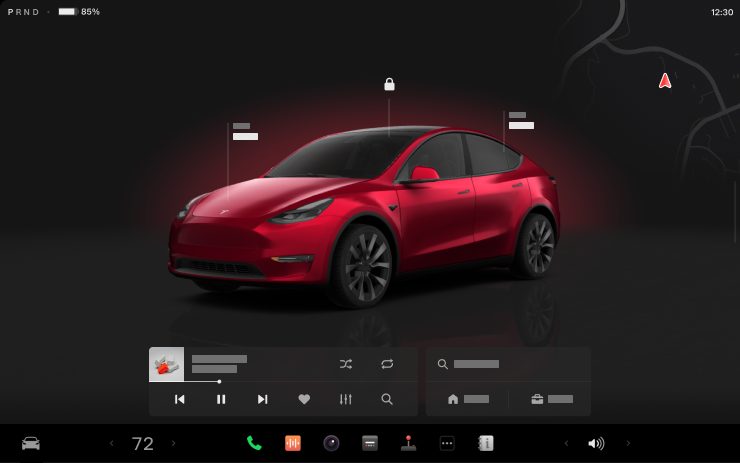
Canada Says New Cars Must Be Electric or Hybrid by 2035
Canada has taken a significant leap in promoting clean transportation with the finalization of its new Electric Vehicle Availability Standard. Rumors of the final plan had been previously leaked to the media by senior government officials.
Announced by Steven Guilbeault, Minister of Environment and Climate Change on Tuesday, the Standard aims to increase the supply of zero-emission vehicles, aligning with the country’s commitment to a cleaner environment and sustainable future.
The Standard sets a national target of 100 percent zero-emission vehicle sales by 2035, with interim goals of 20 percent by 2026 and 60 percent by 2030. This initiative is designed to ensure that Canadians have access to the latest, affordable, and technologically advanced electric vehicles (EVs), reducing reliance on foreign markets and customer wait times.
“Many Canadians are increasingly eager to make the switch to cleaner transportation, since it’s a win-win-win in savings, their health, and the environment. Putting in place an Electric Vehicle Availability Standard fulfills a major climate commitment from our climate plan. Getting more electric vehicles on the road is another example of how we are taking climate action while helping make life more affordable. And our investments to position Canada as a significant player in the global electric vehicle manufacturing and battery supply chain shows how we are taking advantage of the economic opportunities provided by the emerging low-carbon economy,” said Guilbeault.
The Canadian market for passenger vehicles is already shifting towards zero-emission vehicles, with one in eight new cars sold being an EV in the last quarter. This trend is driven by decreasing prices for select models and the volatility of gas prices. In provinces like British Columbia and Quebec, where similar standards are already in place, EVs account for one in five new vehicle sales. Tesla is leading EV sales in Canada more than any other automaker.
Switching to EVs offers long-term affordability, with recharging costs as low as $10 per 400 kilometers. Over ten years, the average cumulative ownership cost of an electric vehicle hatchback is significantly lower than that of a gas-powered vehicle. Combined with federal and provincial purchase incentives, many EV models achieve cost parity with gas vehicles within a few years.
Advancements in battery technology have enhanced cold-weather performance and increased the range of many models to over 400 kilometers. The government’s investment of $1.2 billion to build 84,500 chargers by 2029 further supports the transition to EVs.
The move towards electric vehicles is also crucial in reducing harmful air pollution. Health Canada’s analysis indicates that emissions from on-road vehicles contribute to numerous premature deaths and health issues annually, with an estimated economic cost of $9.5 billion. The adoption of EVs is expected to significantly improve air quality, especially for those living near busy roads and highways.
The Electric Vehicle Availability Standard, informed by extensive engagement over the past two years, follows a phased-in approach for a gradual switch to a zero-emission future. It coincides with over $34 billion in new investments by automotive and battery manufacturers since 2020, aimed at shifting to electric vehicle production and establishing a battery supply chain in Canada. This shift is expected to create and maintain hundreds of thousands of jobs in a modern automotive supply chain.


